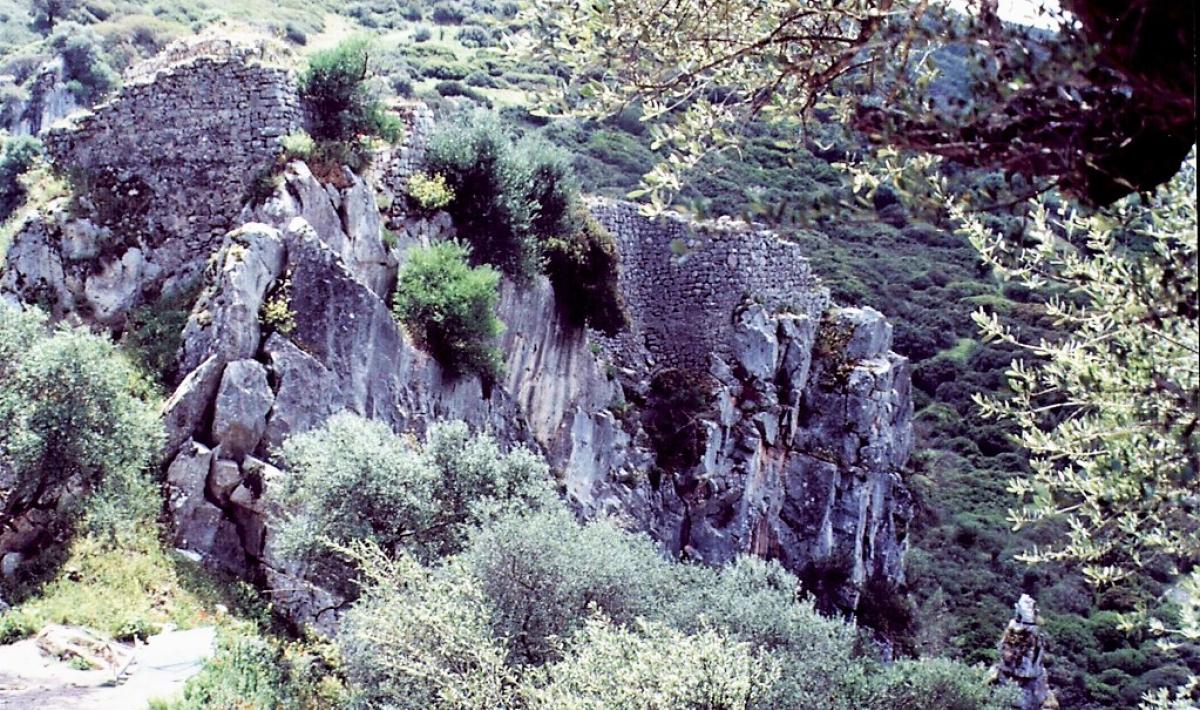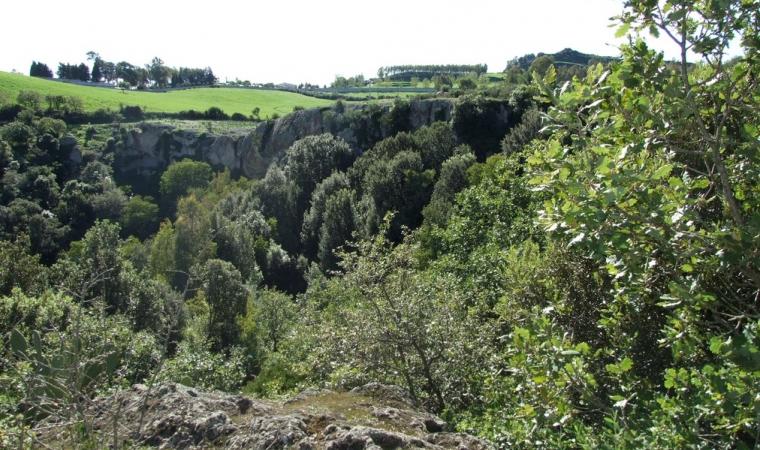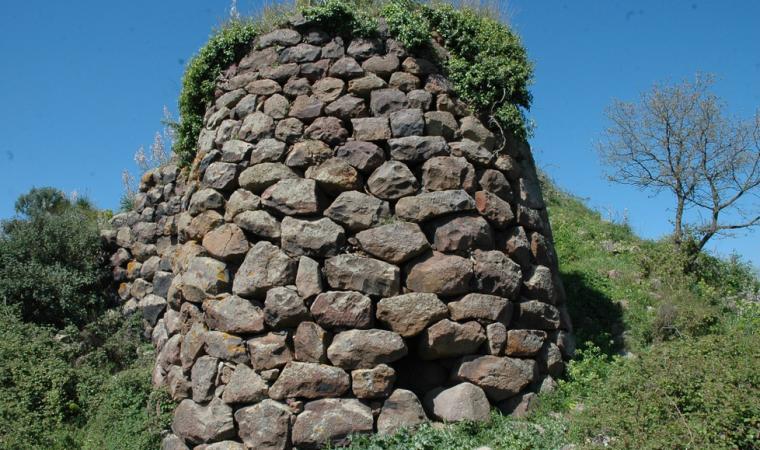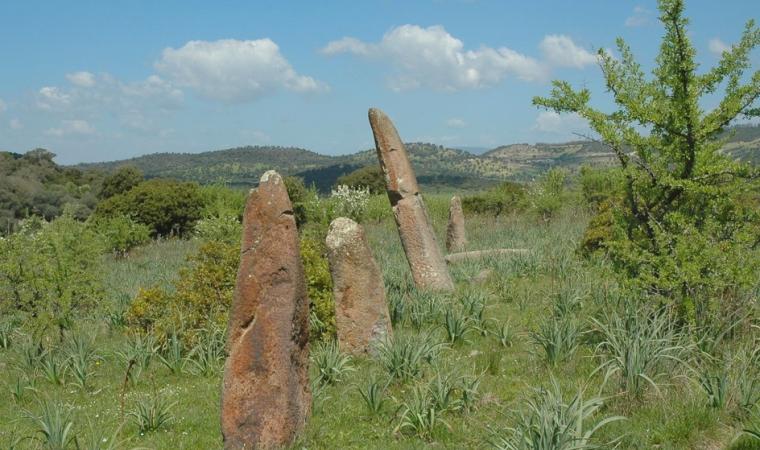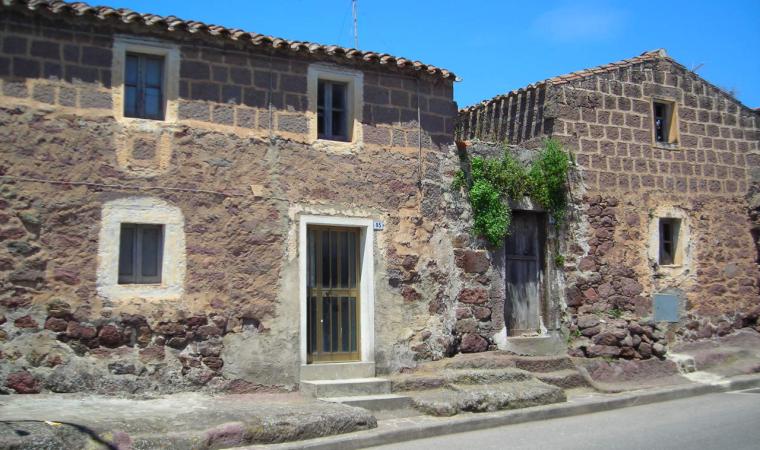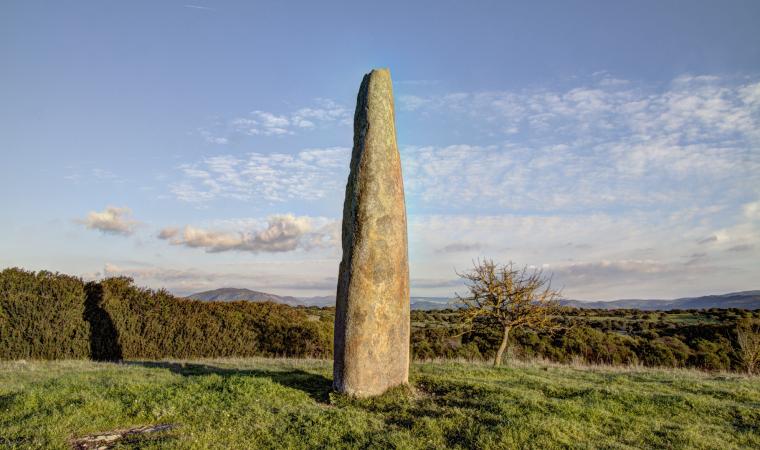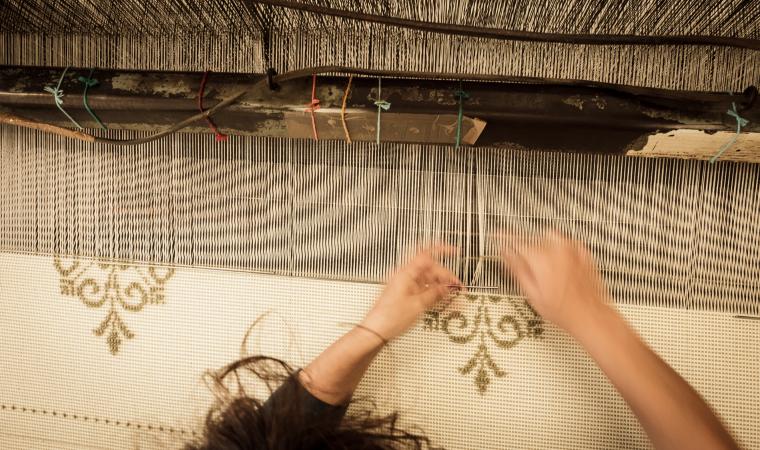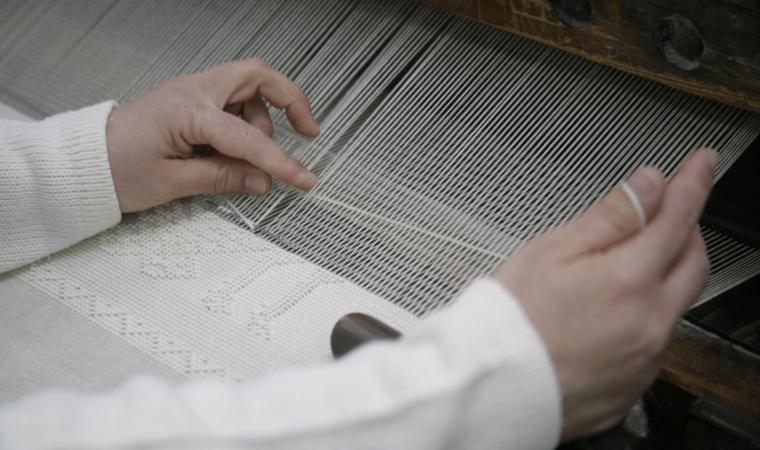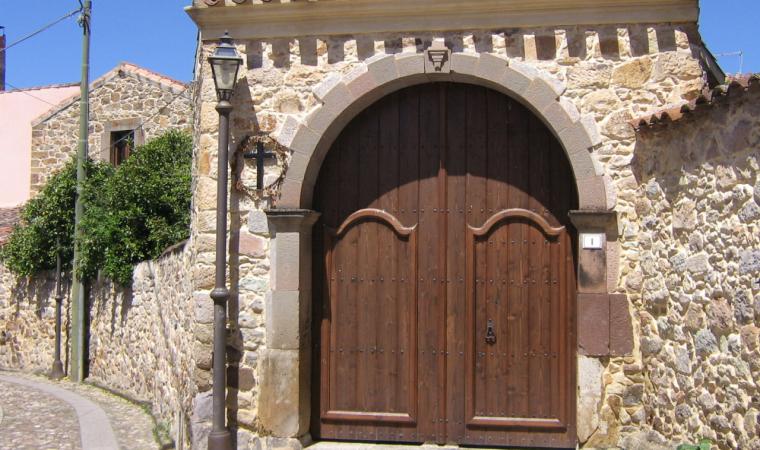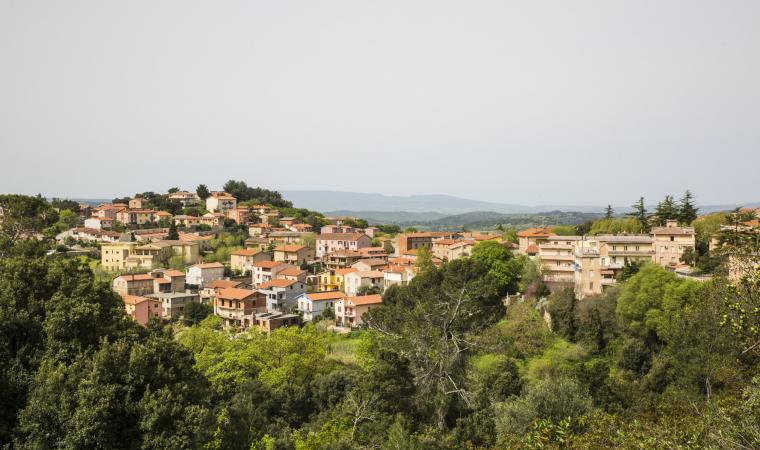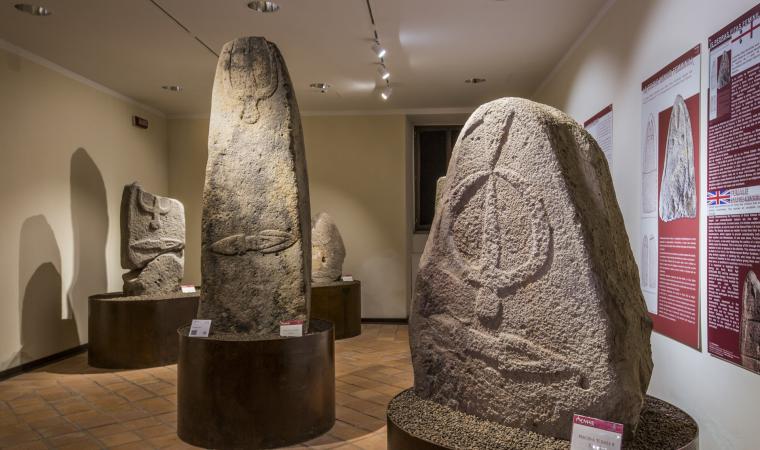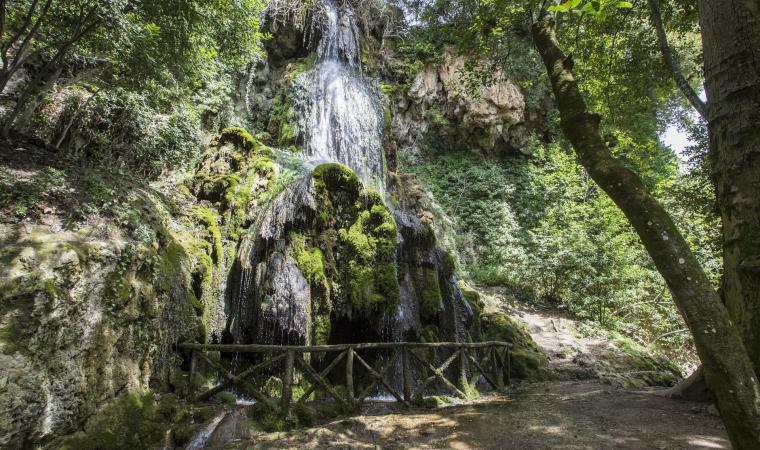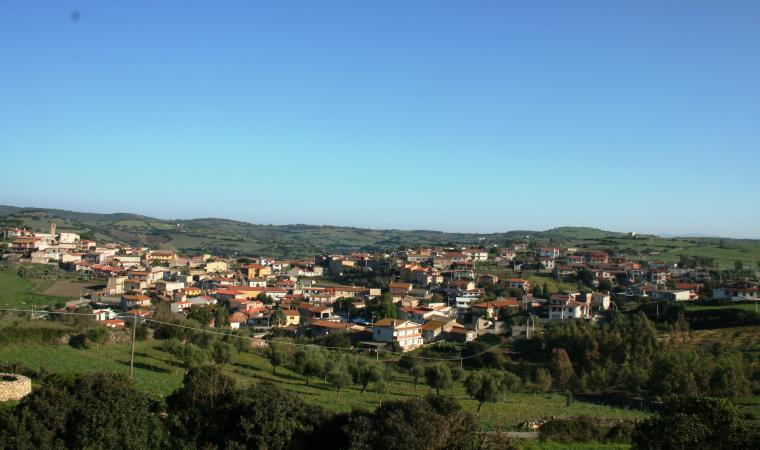Distant and almost inaccessible, the castle of Medusa has left few traces in history, almost as if it never existed. In contrast, it is the subject of infinite imaginative legends. This mysterious rock, surrounded by solitary hills, ravines and crevasses is set in an impervious landscape where falcons nest, riven by mountain torrents and ancient woodland, domus de Janas and nuraghes. It clings to the hillside of sa Conca 'e su Casteddu, on the edge of the rocky ravine formed by the riu Araxisi river with its limestone cliffs covered in greenery and ridden with caves. The location falls under the territory of Samugheo, an equal distance from the "carpet town" and Asuni, in the heart of Mandrolisai. It is an "anomalous" castle, built at the bottom of the valley, almost hidden, placed to control the traffic from the "Romanised" plains near Forum Traiani to the hills of Barbaria, inhabited by rebel populations.
Once the only road to the Barbagia region passed beneath the fortress, which can now be accessed by a narrow, asphalt road that brings you within 500 metres. From there, continue on foot (or in a jeep) along paths through the woodland that run right up to the castle, It was built during the "Lower Empire" (4th-5th century AD) as a Byzantine castrum, and was later modified twice, in the 6th and the 7th-8th century. The rectangular layout, western battlements and two towers, one with a cistern, date back to the first construction phase. The eastern battlements were built between the 10th and 11th century, when it became a frontier castle between two jurisdictions. The walls, which are now overgrown ruins, originally enclosed an area of around 540 square metres. The castle is first mentioned in a document from 1189, which talks of a castrum Asonis transferred to Genoa by the Judge of Arborea; in 1389, it was restored by Judge Eleonora. The name "Medusa" arrived only after 1480, and it was also known as "di Giorgia". Medusa was an ancient Sardinian pagan goddess. Spano talks about her "home" in the archaeological Bullettino (1860), describing it as home to ghosts and demons, with walls two metres thick, a tower saved from treasure hunters, and caves and rooms dug out of the rock. In legend, it is an enchanted place full of treasure, built by Phorco, who came from Africa to proclaim himself King of Sardinia. When he died (253 AD), his daughter, Princess Medusa, reigned for 28 years: she was an intelligent, warrior-like woman who was the most beautiful on the island, as well as being a jana who could work magic. She died in battle, killed by Perseus, and left the castle and its treasure to the devil, protected by the souls of those who had guarded it, who would transform anyone arriving into blocks of stone. The castle's treasure frequently features in the stories about it, such as an episode that is midway between history and fantasy form the mid-19th century: an Asuni bandit named Perseu (coincidence!), sentenced to seven years in prison in Genoa, told that when evading capture he had hidden in the castle, and found himself in an amazing room full of jewellery, weapons and valuables. He was granted permission to return and find the treasure in exchange for a pardon. Once in Sardinia, no room or treasure was found; nonetheless, locals continue to believe it exists, closed in chests and protected by lethal magheddas flies. In other late-Medieval "chronicles", Medusa is confused with other popular figures such as Maria Cantada and Luxia Arrabiosa.

